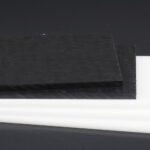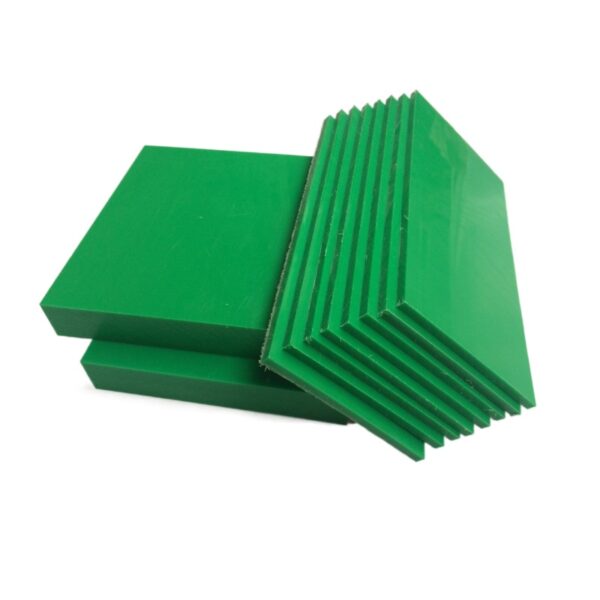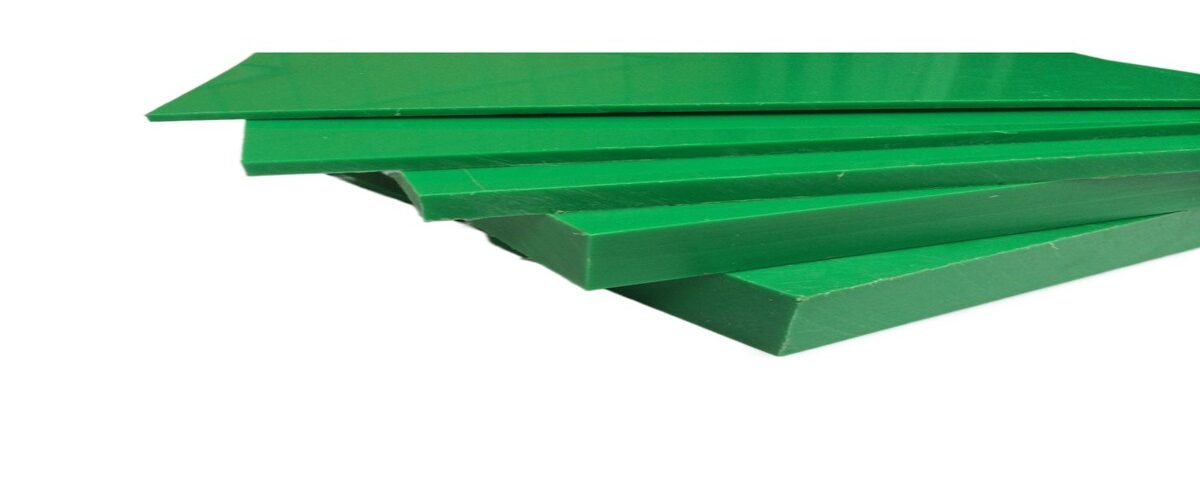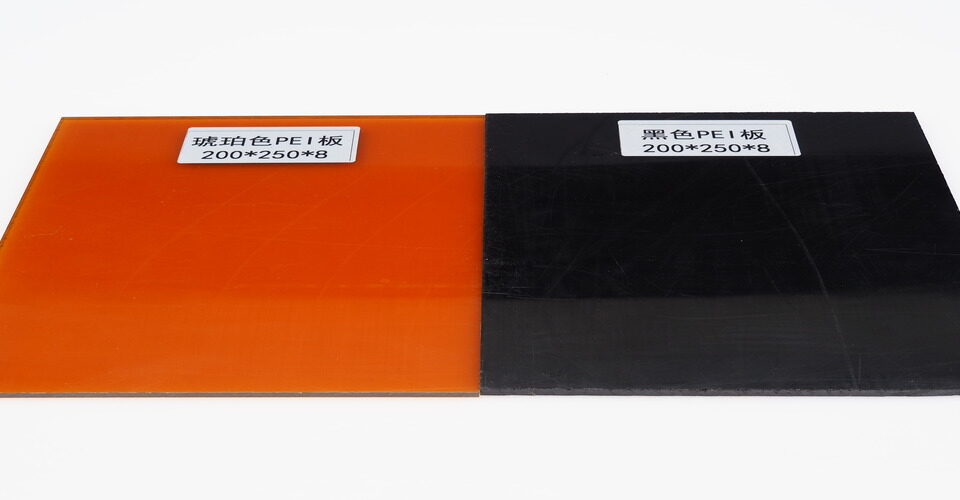
What is a POM Plastic?
November 14, 2024
Difference b/w PP and PPSU Plastic
November 15, 2024Polyethylene (PE) plastic is one of the most commonly used types of plastic in the world, found in everything from grocery bags to packaging and even toys. But is it eco-friendly? The answer is nuanced.
What is PE Plastic?
Polyethylene is a synthetic polymer made from the polymerization of ethylene, a type of hydrocarbon. It is categorized into different forms, such as low-density polyethylene (LDPE) and high-density polyethylene (HDPE), depending on the molecular structure. Both types are durable, flexible, and relatively low-cost, making them widely used.

Environmental Impact of PE Plastic
While PE plastic is technically recyclable, it is not always recycled in practice. Many PE products, especially thin plastic films like grocery bags, are not commonly accepted by curbside recycling programs. This leads to large amounts of PE plastic ending up in landfills or as environmental waste. Additionally, polyethylene is derived from fossil fuels, contributing to carbon emissions and resource depletion during its production.
Is PE Plastic Biodegradable?
No, polyethylene plastic is not biodegradable. It can persist in the environment for hundreds of years, causing significant issues for wildlife, especially marine animals. However, PE plastic can be recycled, which reduces its overall environmental impact if done properly.
Conclusion
PE plastic has some eco-friendly potential due to its recyclability, but its widespread use and poor recycling rates prevent it from being fully sustainable. To improve its environmental footprint, efforts must focus on increasing recycling rates and developing biodegradable alternatives.






